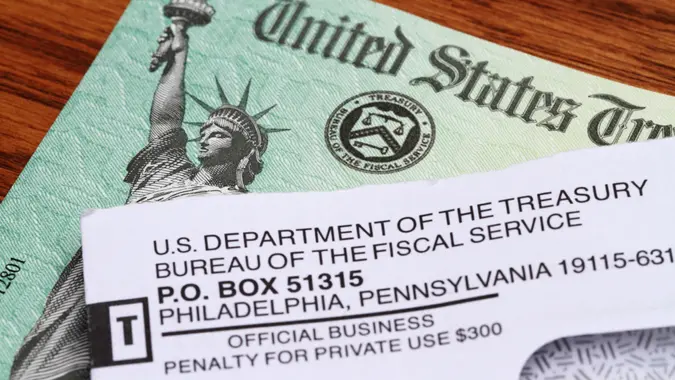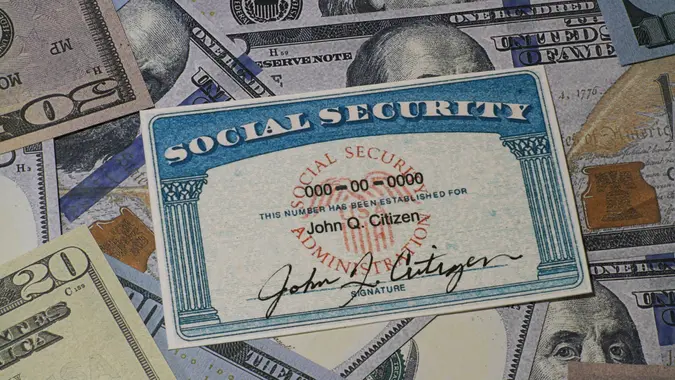3 Auto Expenses To Cut While on Social Security

Commitment to Our Readers
GOBankingRates' editorial team is committed to bringing you unbiased reviews and information. We use data-driven methodologies to evaluate financial products and services - our reviews and ratings are not influenced by advertisers. You can read more about our editorial guidelines and our products and services review methodology.

20 Years
Helping You Live Richer

Reviewed
by Experts

Trusted by
Millions of Readers
Retirement — the wonderful time in your life when you can rest, relax and enjoy without having to work full time. Today, the share of Americans becoming retirees is up. The Social Security Administration reported that as of August 2024, about 65 million Americans receive a Social Security payment each month. Of those people, about 53 million are age 65 or older. That’s more than three-quarters of all Social Security recipients in the U.S.
Additionally, the Center on Budget and Policy Priorities indicated that for 1 in 7 retirees, Social Security represents at least 90% of their income in retirement. However, benefits, on average, are modest and typically cover less than 40% of a retiree’s preretirement income.
If you’re one of the tens of millions of retirees on a Social Security-based fixed income, you’re probably looking for ways to cut costs. Here are three auto expenses that you can reduce or cut out completely while on Social Security.
A Second Car
If you and your spouse are both retired, this probably means you’re no longer commuting to an office every day. If you’re spending more time at home or you’re just not driving as much anymore, consider getting rid of one of your cars and instead share a single car.
By getting rid of a second car, you can eliminate a monthly car payment. According to LendingTree, the average car payment for a new vehicle as of the second quarter of 2024 is $734. For used cars, it’s $525. So getting rid of a second car — and that additional monthly car payment — could save you a significant amount of money over time.
That means you’ll have more money to save and spend on necessities as well as leisure activities.
Auto Insurance for Multiple Cars
Once you get rid of one of your cars, all of a sudden you’ve also eliminated a second auto insurance policy. Not only will your monthly car payment go away, but so will your additional insurance premium, freeing up even more cash.
According to Forbes Advisor, the average cost of car insurance is $169 per month. So getting rid of an additional car would save you over $2,000 per year just on insurance costs.
With the car that you keep in retirement, you can also shop around for car insurance. Many experts recommend shopping around for car insurance yearly so that you can see if you can get a better rate elsewhere.
Having just one car insurance payment and shopping around for the best rates in retirement can stretch your income much further.
Fuel Expenses
The cost of gas can take a bite out of your tight budget. The national average gas price is about $3.18, but in some parts of the country, it’s as high as $4.66.
When you can, consider walking or biking to get exercise and save money on fuel. Additionally, if you’re physically able or perhaps you live in an area with good public transit, try taking the bus or the train instead.
Getting around by means other than your personal vehicle can reduce retirement transportation costs dramatically.
More From GOBankingRates
 Written by
Written by  Edited by
Edited by 
























